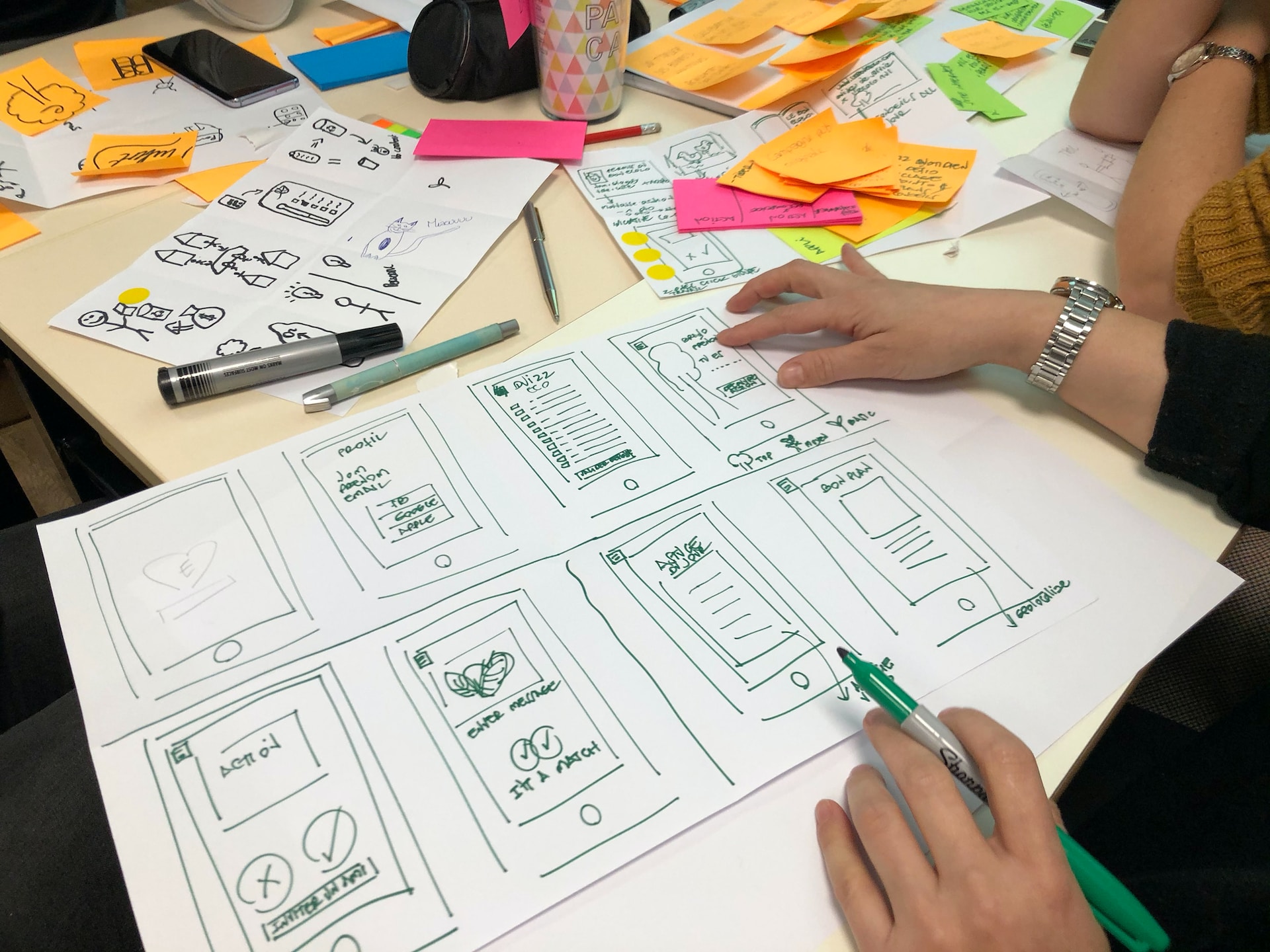Product leaders must continually innovate and iterate to stay ahead of the competition. One proven method for fostering innovation and collaboration is the design sprint. This guide will explore the concept of design sprints and provide best practices for product managers to get the most out of this powerful process.
What are Design Sprints?
Design sprints are a time-constrained, collaborative process for rapidly solving complex problems, validating ideas, and
testing prototypes. Developed by Google Ventures, the design sprint is typically conducted over five days and involves a cross-functional team of stakeholders, including product managers, designers, developers, and other relevant team members.
The primary goals of a design sprint are to:
Address critical business challenges
Validate product concepts and features
Minimize risks associated with launching new products or features
Foster collaboration and alignment among team members

The Five Phases of a Design Sprint
A design sprint is structured into five distinct phases:
Understand: Define the problem, identify the target audience, and gather insights from stakeholders and users.
Diverge: Generate a wide range of ideas and solutions through brainstorming and individual ideation.
Converge: Narrow down the ideas to the most promising solutions, and create a decision-making matrix.
Prototype: Develop a high-fidelity prototype of the chosen solution, focusing on the most critical elements.
Test: Validate the prototype with real users and gather feedback for further iteration or refinement.
How to Conduct Effective Design Sprints
Assemble a Cross-Functional Team
A design sprint's success depends on the diversity of perspectives and expertise within the team. Ensure that your team includes members from various disciplines, such as product management, design, development, marketing, and customer support. This will enable more holistic problem-solving and foster collaboration.
Set Clear Objectives and Expectations
Before starting the design sprint, establish clear objectives and expectations for the team. This includes defining the problem statement, outlining the desired outcomes, and setting specific goals for each phase of the sprint.
Embrace Time Constraints
The time-bound nature of a design sprint forces teams to prioritize and focus on the most critical aspects of the problem. Embrace these constraints by setting strict deadlines for each phase and adhering to the sprint schedule.
Encourage Open Communication and Collaboration
Foster a collaborative environment where team members feel comfortable sharing ideas and providing feedback. Encourage open communication and active listening, and ensure that all voices are heard during the ideation and decision-making processes.
Iterate and Improve
Design sprints are an iterative process. Use the feedback and insights gained during the testing phase to refine your prototype and address any identified issues. Don't be afraid to conduct multiple design sprints if needed to arrive at the best possible solution.

Examples of Design Sprints in Action
Airbnb's Rapid Growth
Airbnb utilized design sprints to tackle various challenges during its rapid growth phase. The company needed to quickly identify and address user pain points to maintain a seamless user experience. Design sprints enabled Airbnb to iterate on its product and implement changes that significantly improved the platform's overall usability.
Google's Accelerated Product Development
Google has implemented design sprints across multiple product teams, resulting in accelerated product development cycles and
more successful product launches. For example, the Google Chrome team used design sprints to identify and address critical issues in the browser's performance and user experience, leading to a more refined and successful product.
How to Integrate Design Sprints into Your Product Management Process
Align Design Sprints with Your Product Roadmap
Integrate design sprints into your product management process by aligning them with your
product roadmap. Identify critical milestones or challenges on the roadmap that could benefit from the focused problem-solving approach of a design sprint. This alignment ensures that design sprints contribute directly to your overall product strategy.
Plan and Schedule Design Sprints in Advance
To maximize the benefits of design sprints, plan and schedule them in advance. This allows your team to allocate the necessary resources and time for the sprint. It also provides an opportunity to gather relevant data,
conduct user research, and prepare any required materials before the sprint begins.
Leverage Design Sprint Outcomes for Decision-Making
Use the outcomes of your design sprints to inform decision-making and guide the development of your product. The insights and validated solutions generated during a design sprint can help you prioritize features, allocate resources, and
make data-driven decisions that align with your product strategy.
Continuously Refine and Iterate
Design sprints are an iterative process that can help you continually refine and improve your product. After each sprint, analyze the results and use the feedback to inform further development or guide future sprints. This continuous cycle of iteration allows you to adapt and respond to changing market conditions and user needs.
Key Takeaways for Product Managers
Design sprints offer a powerful and proven method for rapidly addressing critical business challenges, validating product concepts, and fostering collaboration within cross-functional teams. By understanding the design sprint process and implementing best practices, product managers can harness the power of design sprints to drive innovation and product success.
To sum up, product managers should:
Understand the concept and benefits of design sprints
Familiarize themselves with the five phases of a design sprint
Implement best practices for conducting design sprints
Learn from real-world examples of design sprints in action
Integrate design sprints into their product management process
By mastering design sprints, product managers can accelerate product development, minimize risks, and create products that resonate with users and succeed in the market.








